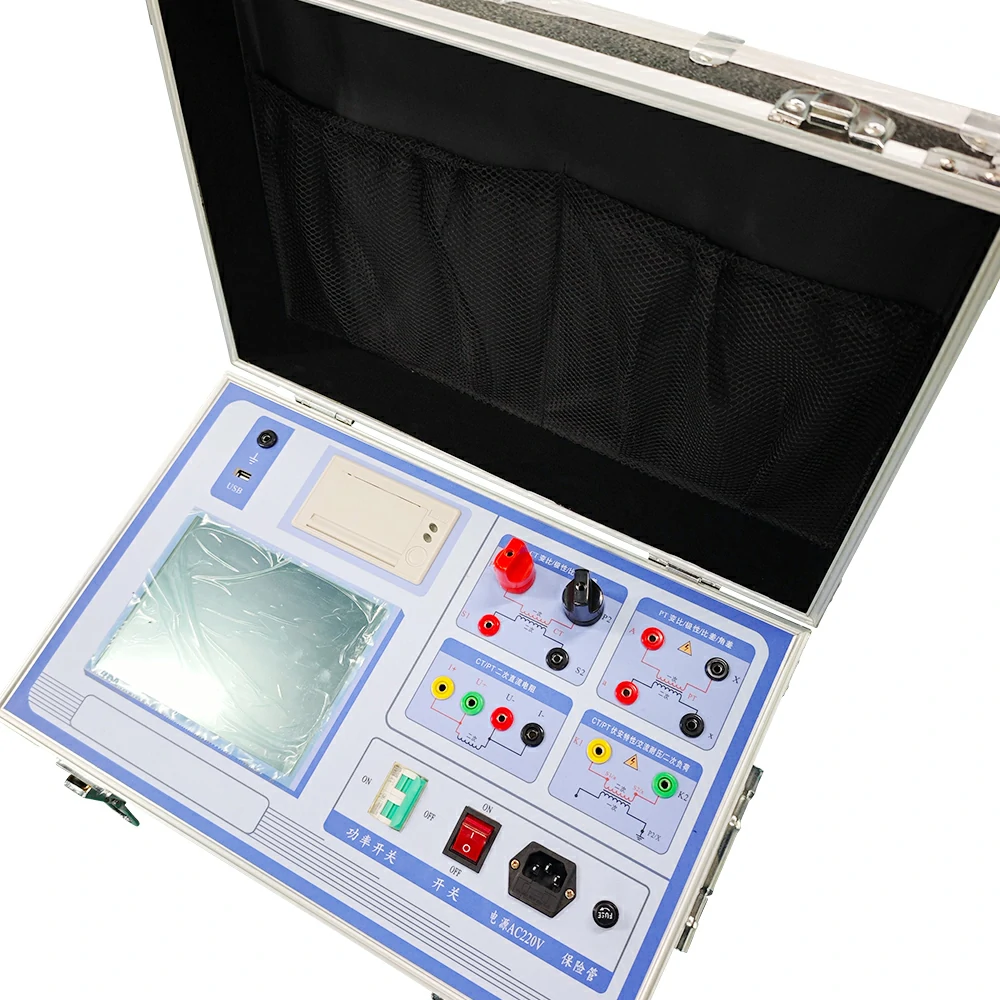Transformer testing involves the measurement and assessment of various parameters to ensure the transformer’s proper operation, efficiency, and reliability.
Some of the key parameters measured during transformer testing include:
- Turns Ratio: The turns ratio determines the voltage transformation ratio between the primary and secondary windings of the transformer. Testing verifies that the actual turns ratio matches the design specifications.
- Winding Resistance: The resistance of the transformer windings is measured to ensure they are within acceptable limits. High resistance can indicate problems such as loose connections, corrosion, or overheating.
- Insulation Resistance: Insulation resistance testing evaluates the insulation integrity between the windings and the transformer core. It helps identify any deterioration or contamination of insulation materials that could lead to electrical faults or breakdowns.
- Power Losses: Transformer testing assesses the transformer’s core and copper losses to determine its efficiency. Core losses include hysteresis and eddy current losses, while copper losses occur in the windings due to electrical resistance.
- Impedance Voltage: Impedance voltage testing measures the voltage drop across the transformer’s impedance under load conditions. It helps assess the transformer’s ability to withstand short-circuit currents and its voltage regulation characteristics.
- Short-Circuit Impedance: Short-circuit impedance testing evaluates the transformer’s impedance under short-circuit conditions. It helps determine the transformer’s capacity to withstand short-circuit currents without excessive heating or damage.
- Load Losses: Load loss testing measures the transformer’s power losses under load conditions. It helps assess the transformer’s efficiency and performance under typical operating conditions.
- No-Load Losses: No-load loss testing measures the transformer’s power losses when operating with no load connected to the secondary winding. It helps evaluate the transformer’s core losses and idle current.
- Insulation Power Factor: Insulation power factor testing evaluates the dielectric properties of the transformer insulation. It measures the phase angle between the applied voltage and the resulting current, indicating the presence of insulation defects or moisture ingress.
- Temperature Rise: Temperature rise testing assesses the temperature increase of the transformer windings and core under load conditions. It helps verify that the transformer can operate within specified temperature limits without overheating.
- Voltage Regulation: Voltage regulation testing evaluates the transformer’s ability to maintain a constant secondary voltage under varying load conditions. It helps assess the transformer’s voltage regulation characteristics and overall performance.
- Frequency Response: Frequency response testing measures the transformer’s performance across different frequencies, ensuring compatibility with the intended power system frequency.
By measuring these parameters, transformer testing helps ensure the transformer’s reliability, efficiency, and compliance with industry standards and specifications. It also helps identify any potential issues or degradation in transformer performance, allowing for timely maintenance and troubleshooting.
